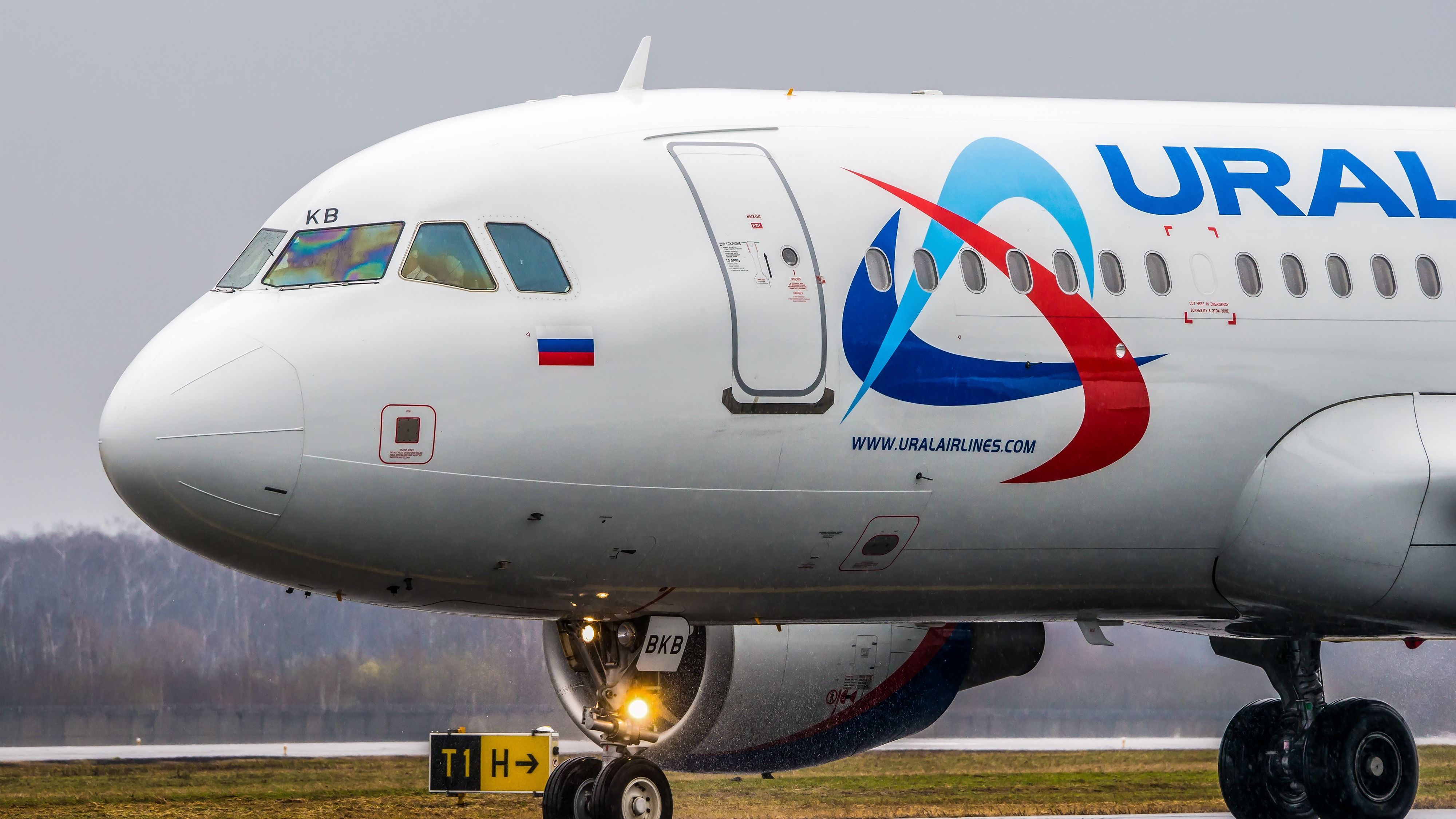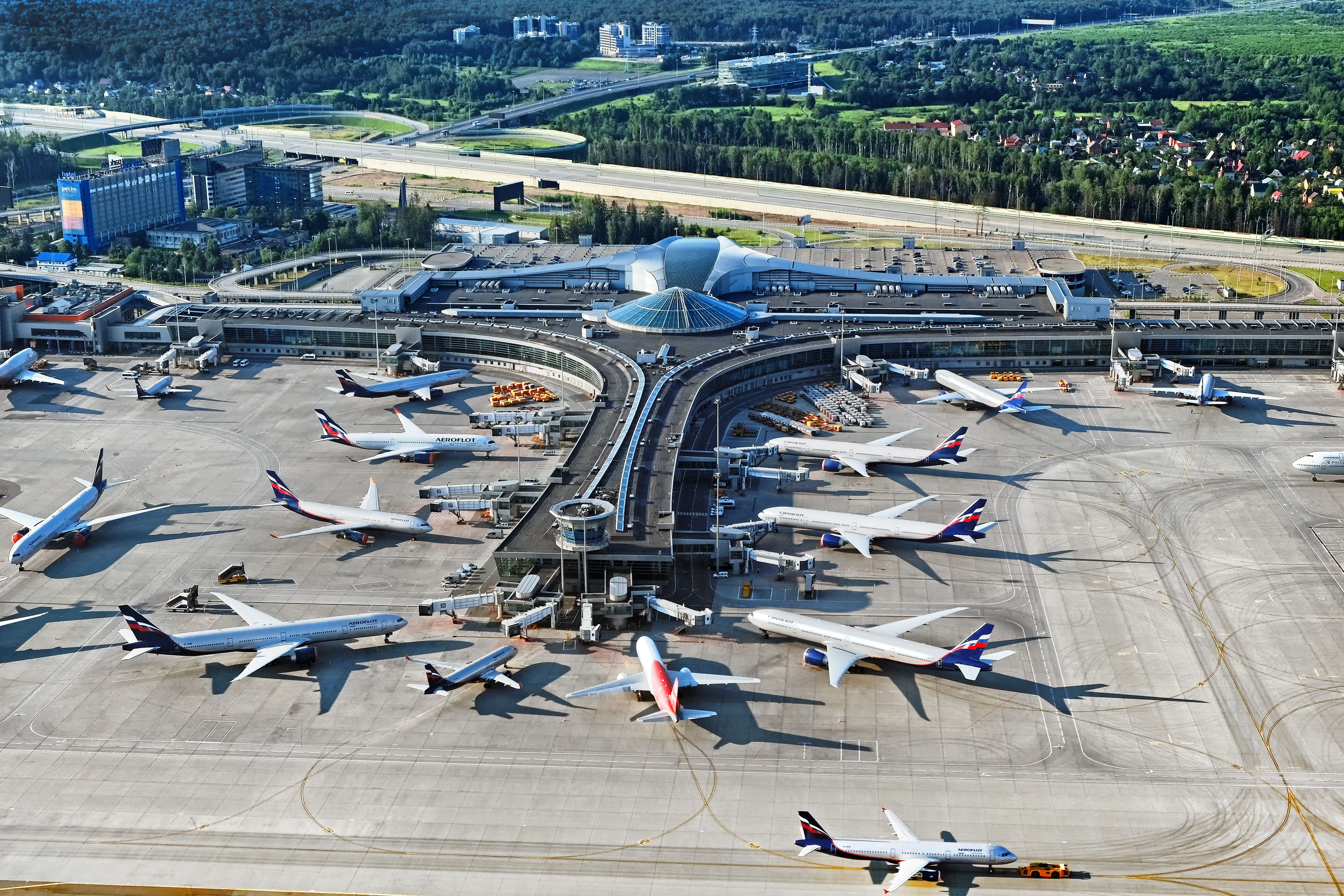Summary
- The airspace above Moscow was temporarily closed after two Ukrainian drones were shot down, leading to delays at all four of Moscow's airports.
- Moscow has four airports, with Sheremetyevo International Airport being the busiest and Domodedovo Airport being the most affected by the disruption.
- The ongoing conflict has negatively impacted Russia's aviation industry, with airlines struggling to maintain their fleets and turning to Russian-made aircraft.
The airspace above Moscow was temporarily closed on Tuesday morning following a Ukrainian drone attack in the nearby town of Krasnogorsk. The incident on August 22nd led to operations being paused at all four of Moscow's airports.
The Russian defense ministry confirmed the events, saying, "Two drones were detected and destroyed by air defense systems over the territory of the Moscow region." Russia also claims to have shot down a further two Ukrainian drones over the Bryansk region that borders Ukraine.
The airspace above the Russian capital has since reopened and flights are now operating normally, albeit with the ongoing impact of the day's earlier delays.
Moscow's four airports
Just like London and New York, Moscow is one of several major cities around the world to boast multiple airports. With a population of 22 million people within its urban area, the Russian capital has a network of four airports. Moscow Sheremetyevo International Airport (SVO) is the nation's busiest airport, and saw 22 million passengers last year. This was down from a pre-pandemic and pre-conflict peak of 49 million in 2019.
The airport acts as the main hub for Russia's flag carrier, Aeroflot, and its busiest routes are currently to St Petersburg (LED), Sochi (AER), and Kaliningrad (KGD), with 244, 146, and 122 weekly flights, respectively. Among the flights delayed at Sheremetyevo this morning were a Red Sea Airlines Boeing 737 to Sharm El-Sheikh (SSH) and an Armenian Airlines Airbus A321 to Yerevan (EVN).
Moscow Domodedovo Airport (DME) was more severely impacted by the disruption, with home carriers Ural Airlines and S7 Airlines bearing the brunt of the delays. Domodedovo saw 21 million passengers in 2022.
The city's third-largest airport is Vnukovo International Airport (VKO), with 12 million passengers in 2022. The airport is a major domestic hub and also sees a handful of long-haul international services, including Azur Air's charter flights to popular holiday destinations such as La Romana (LRM), Phuket (HKT), and Zanzibar (ZNZ).
Zhukovsky International Airport (ZIA) is the smallest of Moscow's airports, with just a handful of services to destinations across the region, including Dushanbe (DYU) and Osh (OSS).
Russia's struggling aviation industry
Tuesday's incident is just one of the many ways in which the ongoing conflict has impacted Russia's aviation industry. With sanctions preventing deliveries from the likes of Airbus and Boeing, airlines across the country have struggled to source spare parts and maintain their fleets, turning instead to Russian-made aircraft such as the Sukhoi Superjet 100.
A lack of international flights sent passenger numbers into a nosedive when the conflict began last year. in an attempt to claw back vital revenue, many of Russia's airlines have chosen to strengthen their route networks to destinations that are currently accepting flights from Russia, such as those across China and India.
Get the latest aviation news straight to your inbox: Sign up for our newsletters today.
What do you think of Moscow's airspace being closed because of a Ukrainian drone attack? Share your thoughts by commenting below.
Sources: Reuters, FlightRadar24.com




